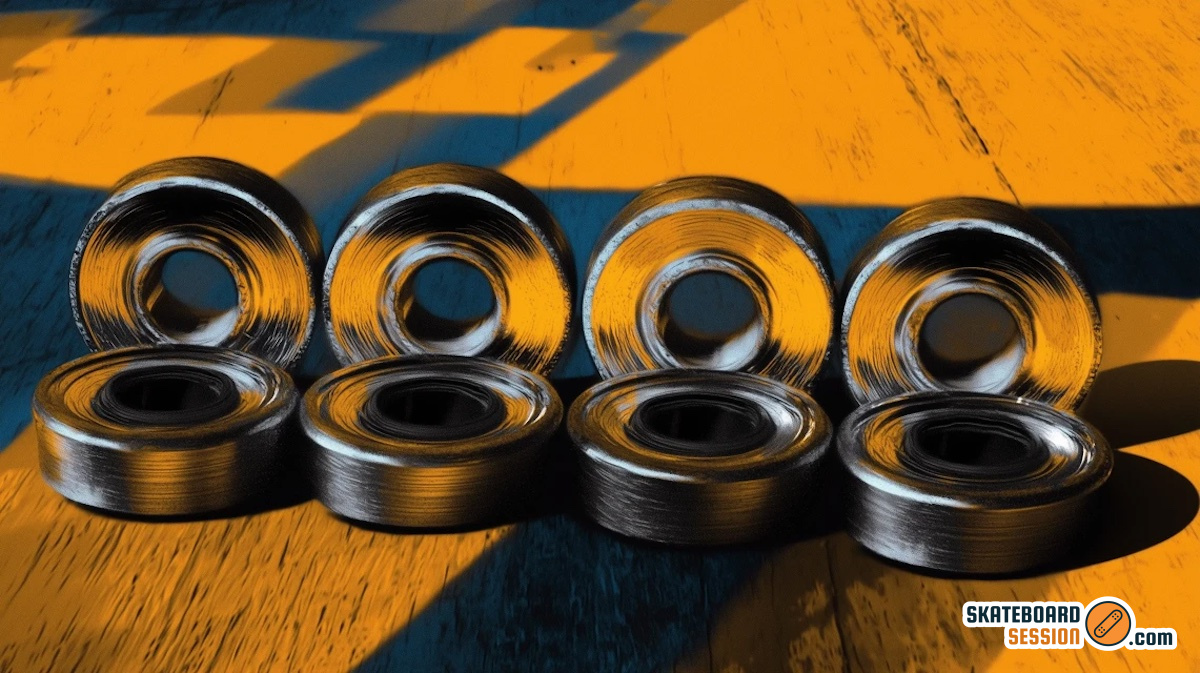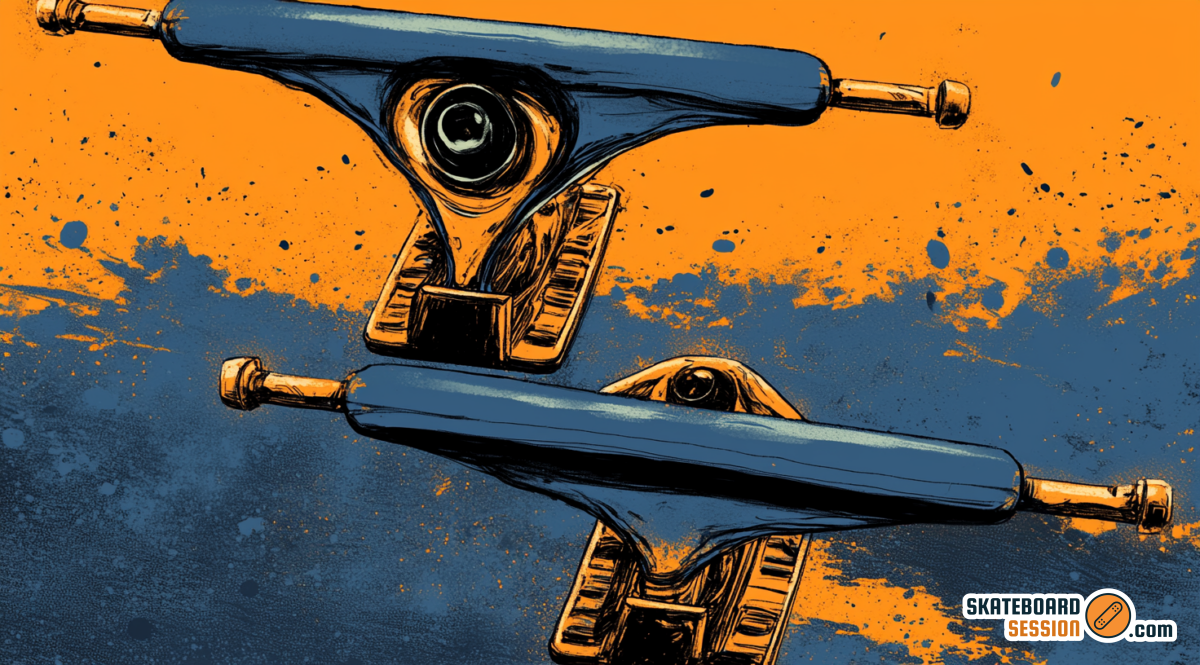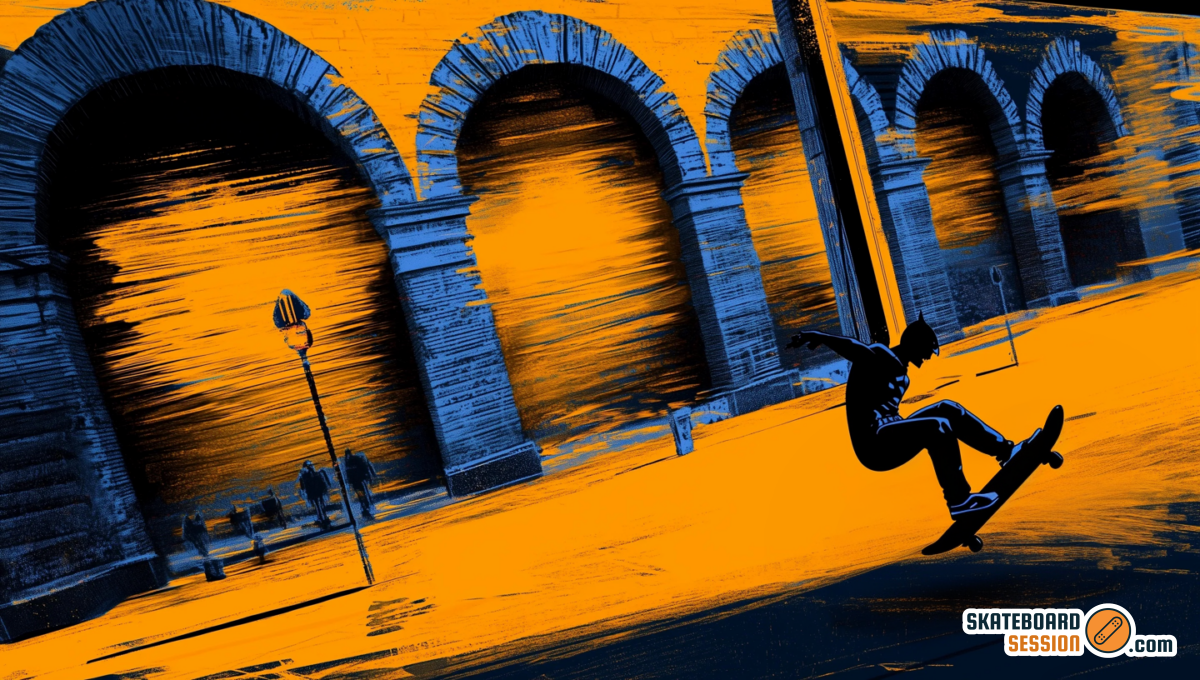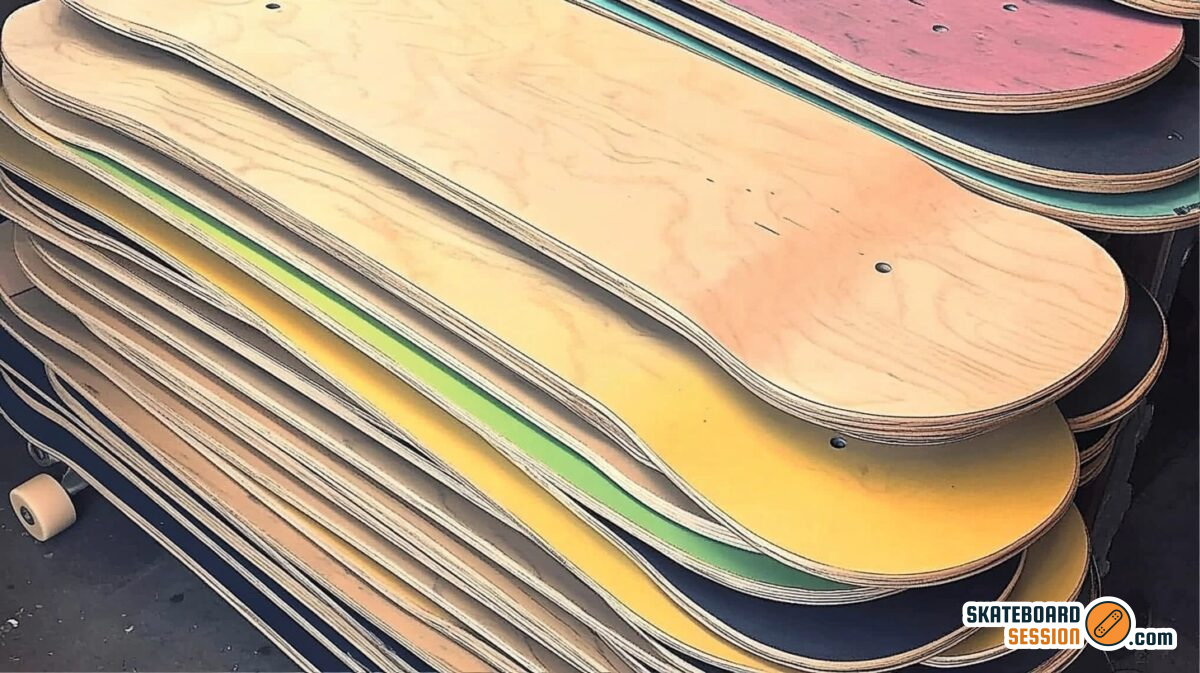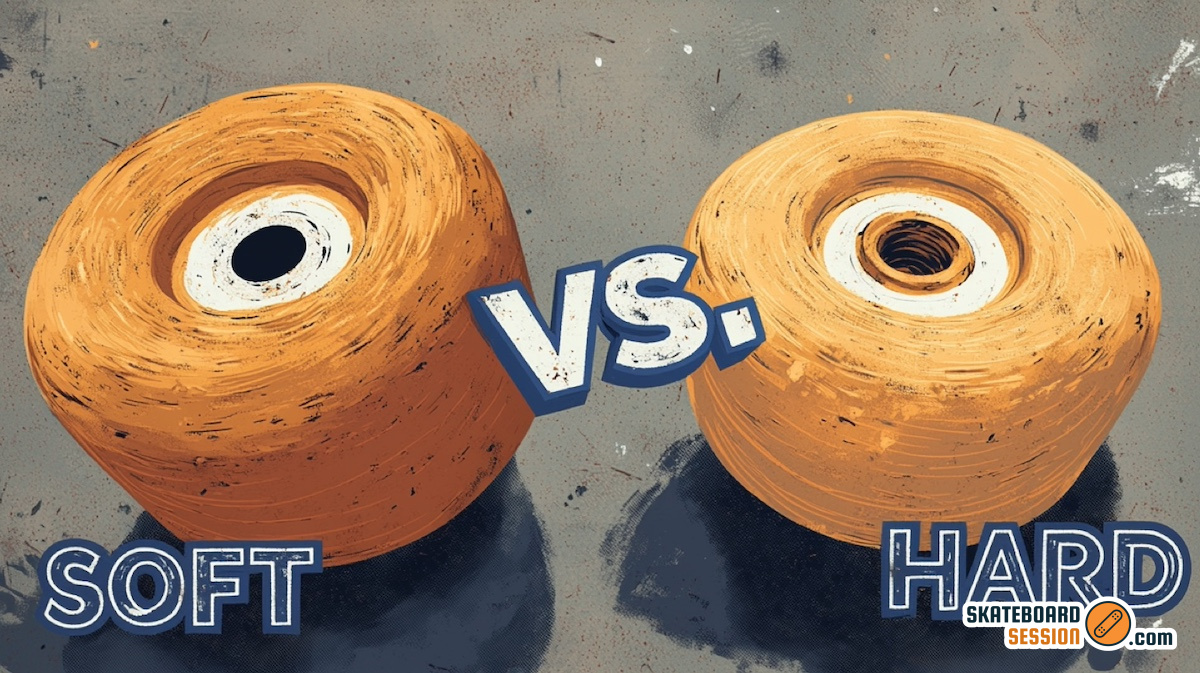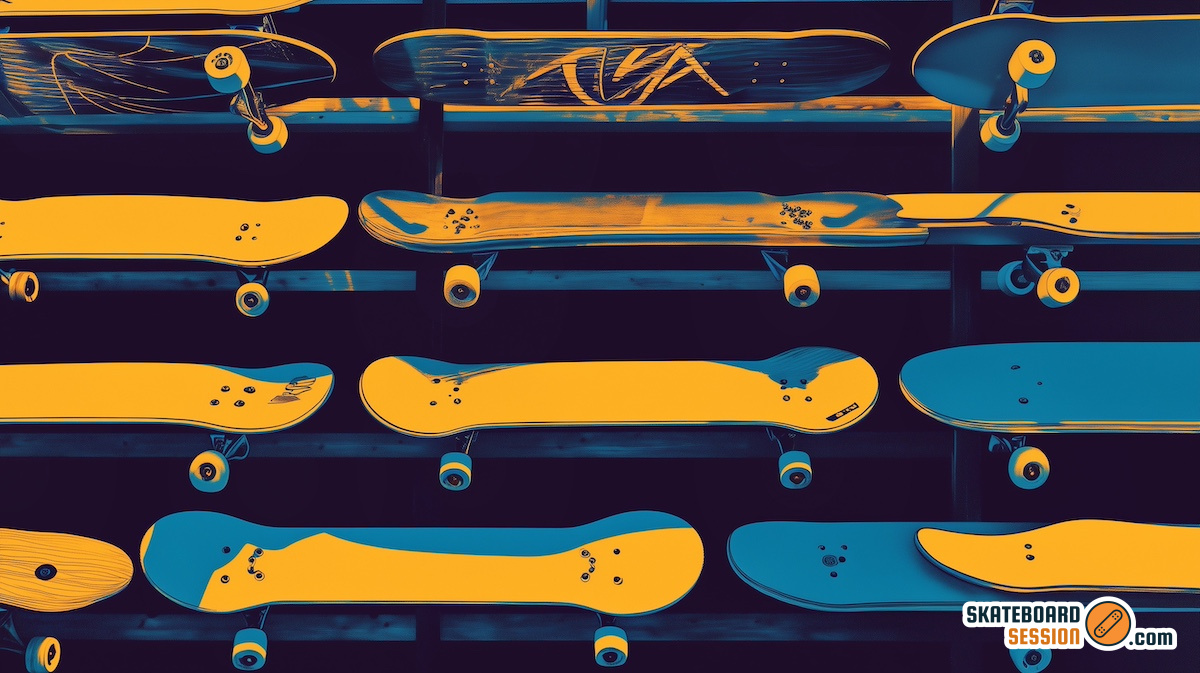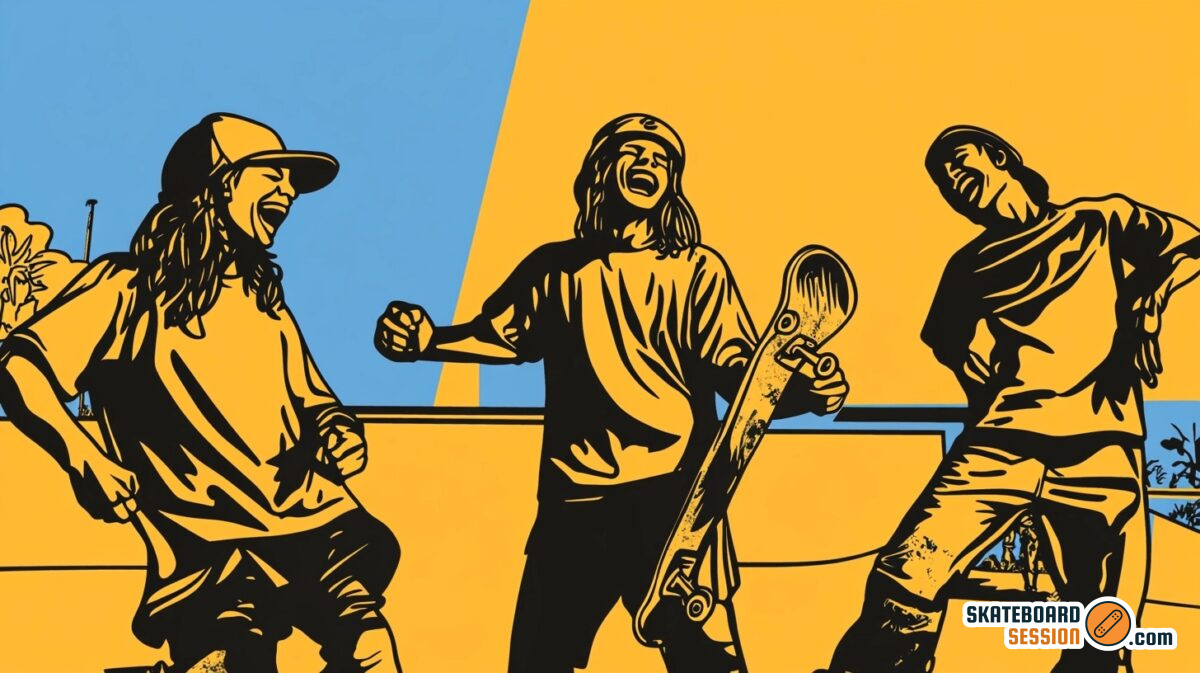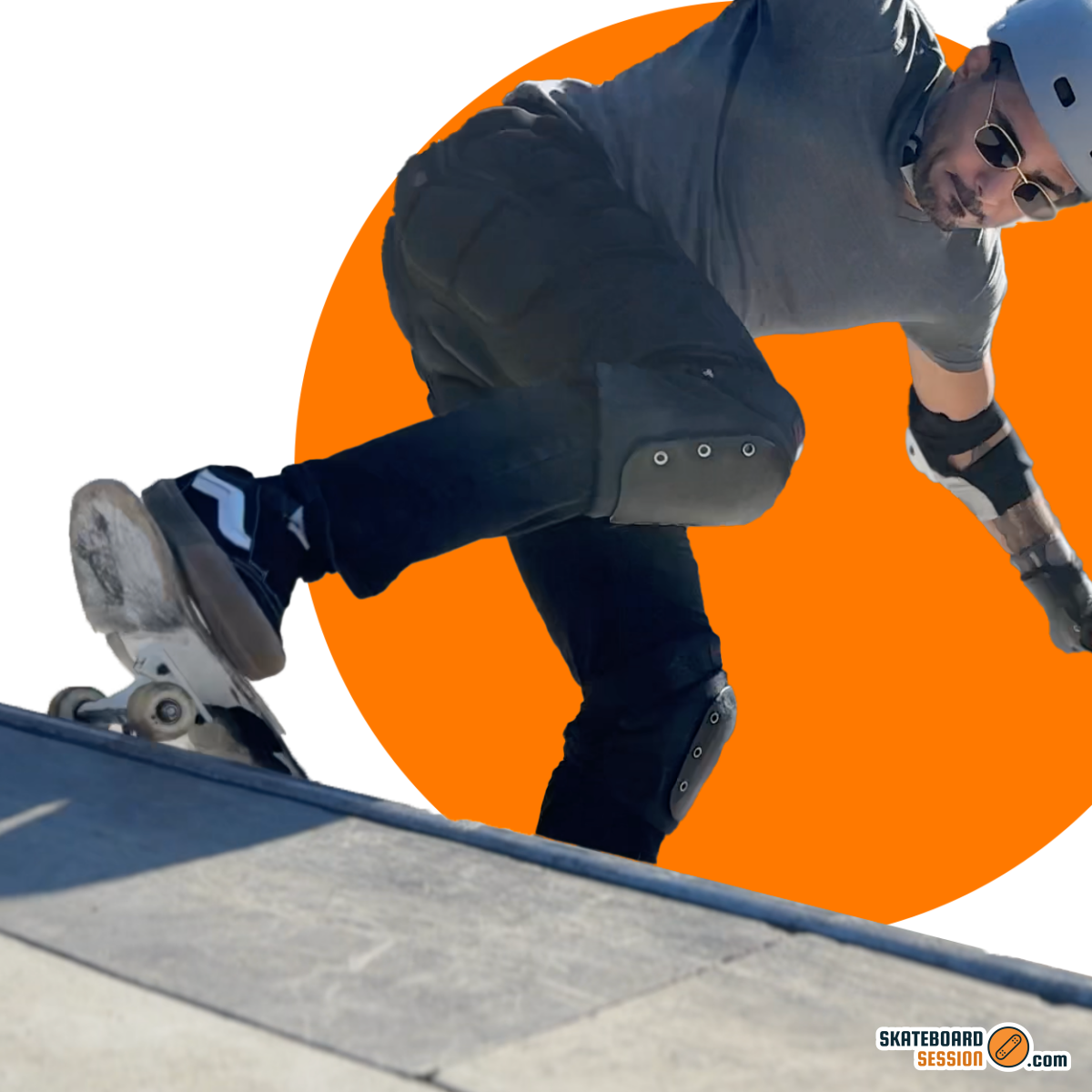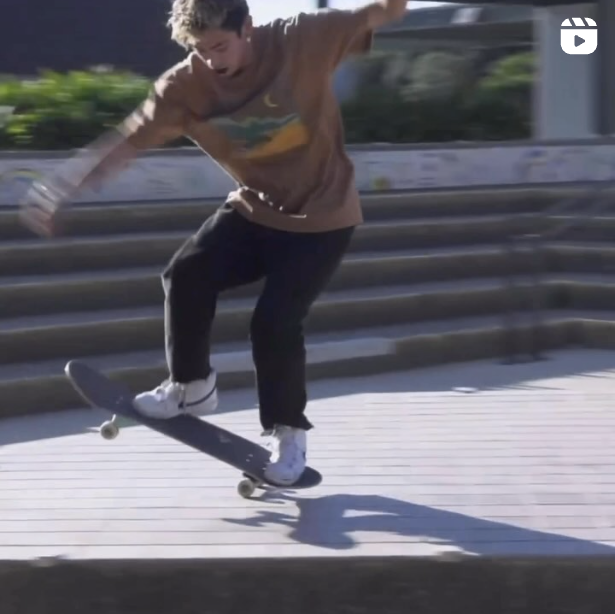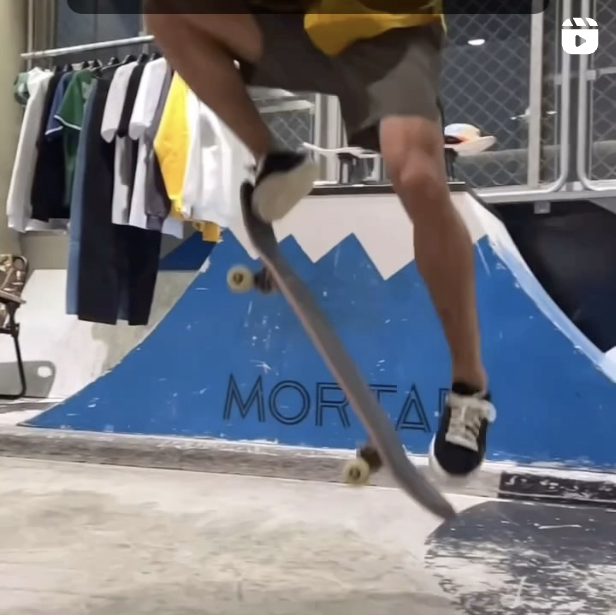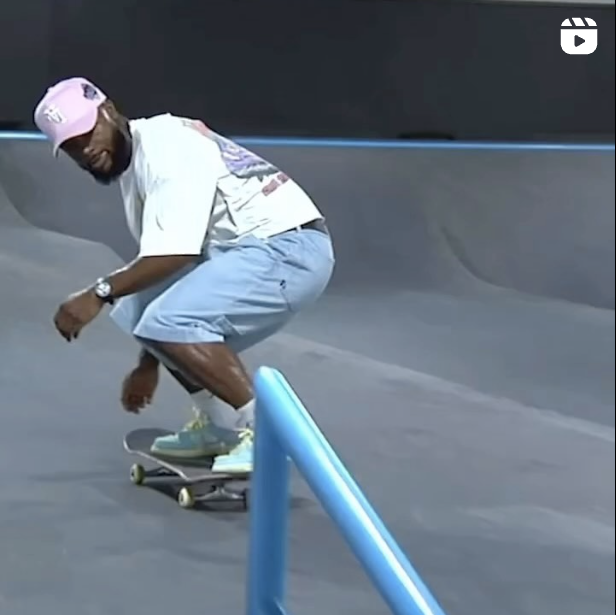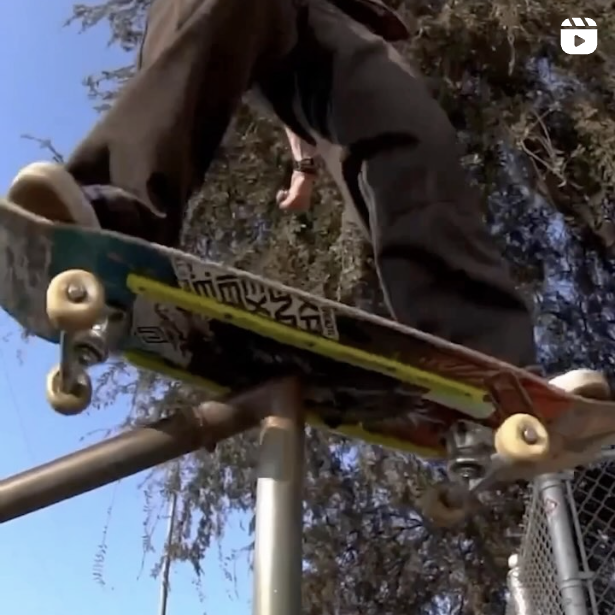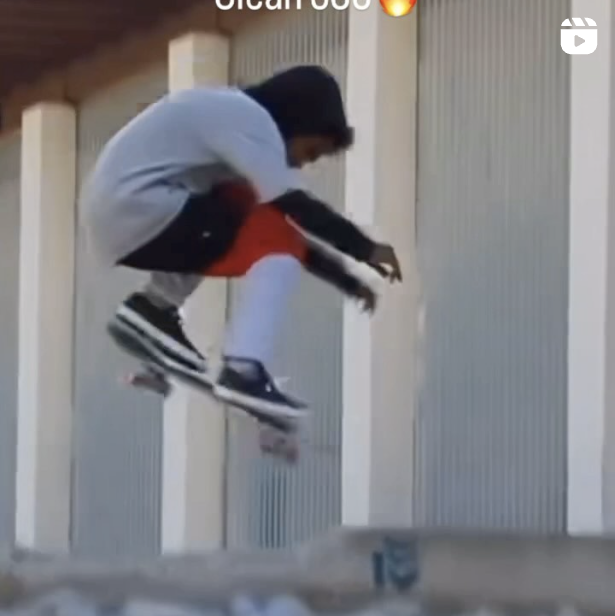Skate connoisseurs and adrenaline-chasing enthusiasts, brace yourselves! This is the showdown you’ve been waiting for—the untamed, beast-like beauty of the Blunt to Fakie on a quarter pipe. Have you ever felt that exhilarating rush when you’re defying gravity, one skate trick at a time? Awesome, right? Well, it’s about to get a whole lot crazier with this trick up your sleeve.
How to master the blunt to fakie
Before you even think about stepping onto your skateboard, let’s take a moment to understand what the Blunt to Fakie entails. This savage move involves propelling yourself up a quarter pipe, locking your board into a blunt stall, and then soaring back into a fakie position. Sounds nuts, doesn’t it? But don’t sweat it! I’m about to break it down so anyone—even a novice—can understand.
Step 1: The blunt stall
First things first, you need to approach the quarter pipe with just enough speed to pop onto it. And no, you don’t Ollie straight into the blunt; that’s just straight-up sketchy. Instead, scrape your tail a little, lift it up, and voilà! You’re in a bordeline-vertical, blunt stall, perched on top like the king of the world. But watch out, keeping your balance here is crucial.
Step 2: Grab and yank
In this step, you grab the nose of your board with your front hand then yank it back towards the transition (Check out our guide on understanding skateboard transitions here). It’s kinda like using your training wheels to familiarize yourself with the motions safely.
Step 3: The fast motion
This is where things get really insane. You’ve gotta make it quick! Pop out of the stall, suck your front knee into your chest, and let gravity bring you back down. Pro tip: The faster you go in and out, the less scary it becomes. There’s no time for life contemplation while you’re up there in a stall!
Step 4: The fakie finish
Now the showstopper—the fakie finish. You’ve nailed the blunt stall, yanked yourself back into transition, and come back down. Now, roll away in fakie stance, celebrating your rad new move. Remember, the key thing here is to gain enough confidence to commit to the trick—which with enough practice, will definitely come.
Just like learning a new language, start small and work your way up. Once you speak the language of the ramp, not only Blunt to Fakie, but many more stunts will feel almost second nature to you. Now, who said learning had to be boring, eh? You’re officially ready to shred!
So, what other transition tricks have been keeping you on your toes? I’m always stoked to dive into new challenges together. Let’s hit the ramps and keep nailing those tricks like the rockstars we are.
Bones REDS Skateboard Bearings

Bones REDS Skateboard Bearings
- High-speed
- Pre-lubricated
- Inexpensive
I may earn a commission if you make a purchase at no additional cost to you.
What are some key tips for perfecting the blunt to fakie?
Trust me when I say that nailing the Blunt to Fakie is as audacious as it sounds. With that said, let me spill some secret sauce. Here are some additional tips to tame the beast:
- Spend time perfecting the Blunt Stall. It’s your foundation.
- Start with low quarter pipes and gradually scale up.
- Get familiar with the transition. Navigate the ramp and embrace its contours.
- Practice with training wheels. Use your front hand to help yank you back into transition.
- Control your speed. Too slow, and you may not get on top. Too fast, and you risk slamming.
Yeah, there’s a code with Blunt to Fakie. It’s about knowing the subtle line between intelligent practice and reckless abandon. Here’s a handy table of dos and don’ts crafting your stellar performance:
| Do | Don’t |
|---|---|
| Do practice with enough safety gear | Don’t forget to wear a helmet |
| Do start with a low quarter pipe | Don’t rush to higher pipes |
| Do control your speed | Don’t Ollie straight into the blunt |
| Do maintain your balance in the stall | Don’t stay too long in the stall |
My skateboarding saga
I’m gonna level with you here. Blunt to Fakie was my skateboard demon. For the longest time, I’d pull up in front of that quarter pipe, and it was like standing before a skyscraper. Vertigo isn’t even the word for it. But one afternoon, something just clicked.

Maybe it was finally understanding the balance in the stall or the right psi on my board. (Here’s a dope piece on adjusting your board’s psi). Whatever it was, I was stoked on seventh heaven when I finally nailed it.
“Mastering the Blunt to Fakie is a journey. It isn’t just about the tricks, it’s about yourself. It’s about facing your fear, trusting your gut, and speaking the language of the ramp. Once you master that, the tricks fall right into place.”
Skateboarding tricks often involve numerous key elements and statistics that can drastically affect their execution and style. For instance, the angle at which one executes a Blunt to Fakie or the amount of speed required can be critical in performing the trick correctly. The data table below offers a quick reference guide for such details:
| Factors Affecting Execution | Ideal Measurements |
|---|---|
| Quarter Pipe Height | 1 – 1.4m |
| Approach Speed | 15 – 20kph |
| Angle at Stall | ~45° |
| Duration In Stall | <2s |
| Re-entry Speed | 10 – 15kph |
Frequently Asked Questions (FAQ)
Skate tricks, whether new or tried and true, always stir up some burning questions. Let’s dive into some of the frequent ones about the daring Blunt to Fakie.
What kind of board is best for blunt to fakie?
While you can technically perform Blunt to Fakie with any skateboard, park or pool boards are often considered ideal due to their wider shape and larger, softer wheels that provide better grip and control. If you need help picking the right skateboard, check out our nifty guide here.
Can beginners try blunt to fakie?
Skateboarding, much like any sport, is all about progression. While there’s no hard and fast rule, it’s generally safer for beginners to master basic moves—like ollies, kickturns, and smaller ramp tricks—before attempting Blunt to Fakie. But hey, everyone’s different. Just remember, safety first, thrill-seekers!
Any tips to get over the fear of blunt to fakie?
Here’s where the tried-and-true “practice makes perfect” mantra really comes into play. Kick off with a smaller ramp or quarter pipe, wear all your safety gear, and start slow. Trust the process; give your body time to adapt to the trick. If you feel anxious, here’s our essentials guide on skateboarding bag essentials, which can include things to keep you safe.
What other tricks should I learn before trying blunt to fakie?
Before you tackle the Blunt to Fakie, it’s a solid idea to be comfortable with basics like ollies, kickturns, drop-ins, and some basic lip tricks. A good initial transition trick to master would be the Rock to Fakie, given its similarity to the Blunt to Fakie. Want to know more about it? Check out this detailed tutorial.
Final thoughts
Well, folks, there you have everything you need to know to take on the epic Blunt to Fakie! Full of adrenaline and packed with street cred, this trick makes for a dope addition to any skater’s arsenal. Remember, the skate park is your oyster. So gear up, hit the ramps, and turn heads with your killer Blunt to Fakie! Why not spark some more inspiration with this guide on different skate tricks?
How about you? Are you ready to face your skating fears and plunge into the gnarly world of the Blunt to Fakie? And did I cover everything you wanted to know? Let me know in the comments section below. I read and reply to every comment. If you found this article helpful, do your fellow thrill-seekers a solid and share it with them! For more skating tips and stories, check out my full blog. Thanks for reading, and keep shredding peeps!
Key takeaways
This comprehensive guide has covered all you need to know about nailing the Blunt to Fakie—an audacious classic in the skateboarding world. Here are the key takeaways:
- Blunt to Fakie involves a blunt stall on a quarter pipe, followed by a transition into fakie stance while coming back down.
- Practicing the Blunt Stall first and using the ‘training wheels’ method can greatly assist in mastering this trick.
- Control your approach speed, and balance while in the stall is crucial.
- Always prioritize safety while practicing this advanced trick.
- With enough patience and practice, you can overcome your fears and master this gnarly trick.


